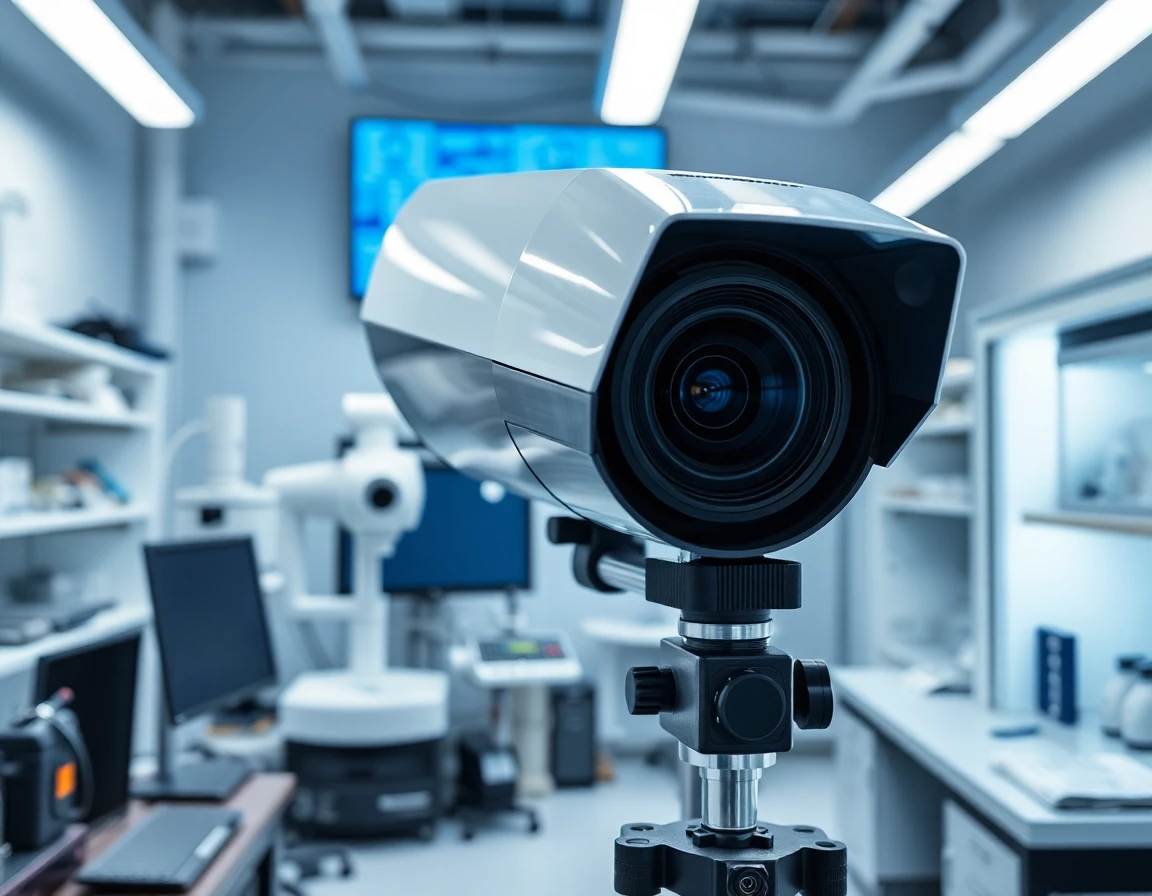Recent developments in quantum radar technology have positioned China at the forefront of aerospace and defense capabilities, particularly in the realm of stealth aircraft detection. The mass production of a groundbreaking component known as the photon catcher represents a significant leap forward, promising to transform how military forces track advanced aircraft like the F-22 and F-35.
Understanding Quantum Radar
Quantum radar systems leverage the principles of quantum mechanics to enhance detection capabilities that traditional radar systems struggle to achieve. The photon catcher, a four-channel single-photon detector, plays a pivotal role in this technology. By detecting single photons—essentially the smallest units of light energy—quantum radars can pinpoint stealth aircraft that conventional systems fail to detect due to their advanced design aimed at minimizing radar reflections.
How Quantum Radar Works
At the core of quantum radar technology is the use of entangled photons. This innovative method involves transmitting one photon toward a target while retaining its entangled counterpart as a reference. The radar system analyzes the quantum correlations between these photons, allowing it to differentiate between genuine targets and background noise or electronic interference. This capability significantly enhances detection accuracy, especially in environments where stealth technologies are employed.
Advantages Over Traditional Systems
Quantum radars are inherently resilient to jamming and spoofing, making them a formidable competitor against existing radar technologies. Unlike conventional systems, which rely heavily on signal strength and reflection, quantum radar utilizes the unique properties of photons to maintain a reliable detection capability, even in low visibility conditions. This can potentially negate the advantages offered by stealth technologies used in modern warfare.
The Photon Catcher: A Technological Breakthrough
China’s recent achievement in mass-producing the photon catcher marks a critical advancement in the quest for quantum radar systems. This device is designed to operate with ultra-low noise levels and can handle four channels simultaneously, greatly improving detection coverage while minimizing blind spots. The photon catcher’s design allows for efficient energy use, producing less detectable signals compared to classical radar, thus making it harder for adversaries to intercept or jam the system.
Technical Challenges and Limitations
Despite these promising advancements, experts caution that quantum radar technology is not without its challenges. Current prototypes have a limited operational range—approximately 10 kilometers—and require cryogenic cooling to function effectively. Additionally, long signal integration times and environmental noise pose significant hurdles for practical deployment in military operations. Such limitations indicate that while the technology is promising, it remains in a developmental phase that requires further refinement.
Global Interest in Quantum Technologies
China’s lead in quantum radar development has sparked interest in other nations, including South Korea, which is also investigating quantum sensing and weaponry. As countries recognize the strategic advantages of quantum technologies, the race to innovate in this field intensifies. The implications extend beyond military applications; quantum sensor networks have also shown potential in other domains, such as dark matter detection, enhancing the sensitivity and noise resistance of future radar systems.
Related Technologies
In the context of quantum radar, several supporting technologies are worth mentioning:
- The YWJ01ZB150 System offers reliable azimuth determination and precise angle measurement, complementing quantum radar systems in various surveying applications.
- High-Precision Advanced Navigation Systems, utilizing fiber optic sensing coils, can enhance the stability and precision required for advanced military navigation and measurement applications.
- JDWDG070 Systems, known for their high-performance analog MEMS accelerometers, provide superior stability and reliability for precision sensing tasks, which are essential in military contexts.
Conclusion
The advancements in quantum radar technology, particularly through China’s mass production of the photon catcher, illustrate a significant shift in the capabilities of aerospace and defense detection systems. By leveraging quantum principles, these systems promise to overcome the stealth advantages of modern aircraft, providing military forces with enhanced operational capabilities. However, as the technology matures, continued focus on overcoming technical challenges will be crucial for its successful deployment in the field. As global interest in quantum technologies intensifies, the future of warfare will likely be shaped by these pioneering advancements, making quantum radar a pivotal area of research and development for nations worldwide.
References
-
Discover why China bets on quantum radar to cancel the F-22 and F … (armyrecognition.com) - 10/21/2025 According to the South China Morning Post on October 14, 2025, China has started the mass production of its “photon catcher,” a four-channel …
-
South Korea to Develop Quantum Weapons - The Defense Post (thedefensepost.com) - 10/21/2025 Using the principles of quantum physics could create systems that can detect stealth aircraft, submarines, or missiles with extreme precision — …
-
Chinese Report Stealth-Detecting Quantum Radar Enters Mass … (thequantuminsider.com) - 10/20/2025 Chinese researchers claim to have begun mass-producing a single-photon detector, a core component for quantum radar systems.
-
Quantum networks bring new precision to dark matter searches (www.eurekalert.org) - 10/17/2025 News Release 17-Oct-2025. Quantum networks bring new precision to dark matter searches … Beyond dark matter, these quantum sensor networks could advance …
-
Stealth buster? China touts next-gen, quantum radar tech - Asia Times (asiatimes.com) - 10/14/2025 China claims photon-catching, counter-stealth breakthrough but critics claim tech still more lab curiosity than deployable capability.
-
China mass producing quantum radars to track US stealth jets (interestingengineering.com) - 10/14/2025 China has reportedly started the mass production of a photon detector that can help build quantum radars to track advanced stealth fighters …
-
China mass producing next-gen quantum radar detector to track … (www.scmp.com) - 10/14/2025 China mass producing next-gen quantum radar detector to track stealth aircraft like F-22. ‘Photon catcher’ can detect smallest unit of energy …
-
Quantum Sensing and the Future of Warfare: Five Essential Reforms … (www.csis.org) - 10/9/2025 October 22, 2025 • 10:00 – 11:30 am EDT. Hosted by Americas Program … More likely, quantum radar will evolve into hybrid systems, paired with …
-
China’s “Photon Catcher Quantum Radar Redefines - Varindia (www.varindia.com) If scaled, quantum radar could neutralize stealth advantages, compelling adversaries to redesign aircraft materials, coatings, and operational …



